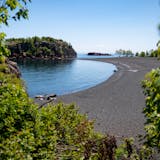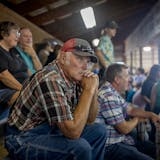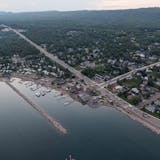A few weeks before the start of school, kindergarten teacher Alyssa Voorhees sat surrounded by 2,000 Popsicle sticks.
Her kindergartners won't be coming to her this fall, so she's sending the alphabet home to them. Capital A on one side of the stick, lowercase a on the other side. Twenty-six letters in the alphabet, 100 sets of Popsicle alphabets, enough for every kindergartner at Olson Elementary in the Bloomington Public Schools.
"I just had to laugh for a minute. I am sitting in way too many Popsicle sticks. But this is fine. It's fine," said Voorhees, one of thousands of Minnesota teachers getting ready for the least-fine school year in memory.
For most school districts, this entire year has been a playground bully offering the choice between getting punched in the eye, the nose or the other eye. None of the options is as great as not getting hit by a global pandemic.
You can have school online, at a distance; just smiling faces on a screen and take-home packets full of printouts and Popsicle sticks.
You can head back to school, if the viral ratio is low enough in your district; everyone in masks, desks spaced as far apart as they'll go in classrooms that smell like disinfectant.
You can split the difference; sometimes online, sometimes rotating in and out of the school building, always knowing that an outbreak could blow your plans to smithereens.
A few weeks before the start of school, Ryan Larson was getting his classroom ready for the eighth- and ninth-graders who are coming back to school full time at Pine City Junior/Senior High School this fall.


